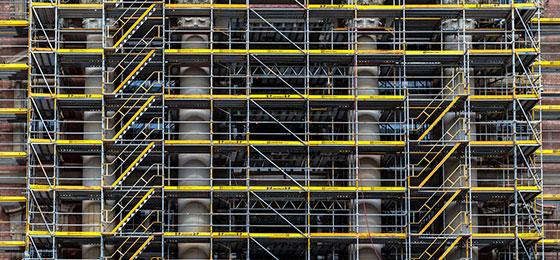Joint synthesis "Sustainable Concrete Structures"

The research work shows that the CO2 emissions caused by concrete and concrete structures can be reduced by a factor of 4, while the bound grey energy can be decreased significantly.
All structures in Switzerland - that is, all buildings, roads, infrastructure constructions and so on - consume over their entire life cycle around 50% of Switzerland's final energy requirement. They are also responsible for around 30% of emissions of the greenhouse gas CO2.
In recent decades, the energy requirements and CO2 emissions resulting from the use of such structures have fallen sharply. However, the grey energy contained within the structures as well as the CO2 emissions associated with the construction, renovation and demolition of buildings, remain high. There is great potential for improvement here.
The joint project “Low energy concrete” provides an important basis for transforming the construction industry into a sustainable sector. It primarily focuses on the building material concrete, which is responsible for an especially high amount of grey energy and significant CO2 emissions.
The research work shows that the CO2 emissions caused by concrete and concrete structures can be reduced by a factor of 4, while the bound grey energy can be decreased by a factor of 3.
Core messages
- The grey energy and CO2 emissions associated with the construction, renovation and demolition of concrete structures in the areas of structural and civil engineering can be reduced by up to one-third without significantly impairing the outstanding material properties of the building material.
- The professional, continuous monitoring and diagnosis of the condition of a structure helps to avoid unnecessary renovation work and premature replacement measures. Furthermore, permanent monitoring enables the use of innovative – and as yet little tested – building materials and constructions designed to reduce the grey energy and CO2 emissions associated with the building, renovation and demolition of concrete structures.
Recommendations
The recommendations of the joint synthesis “Sustainable Concrete Structures” are primarily aimed at the stakeholder groups
Building owners, Planners and entrepreneurs and Associations:
- Support demonstration projects!
- Professional building diagnosis is essential!
- Economical renovation instead of demolition!
- Use low-clinker concrete inside buildings!
- Use sustainable building materials for renovation!
- Promote the provision of information and further training!
